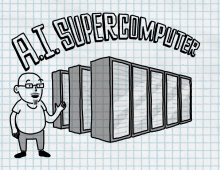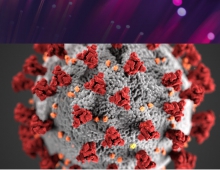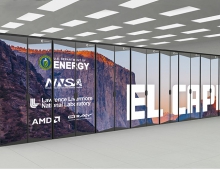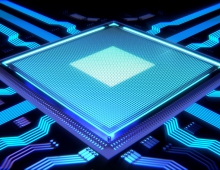
Intel to Deliver Powerful Supercomputer at Argonne National Laboratory
The U.S. Department of Energy's (DOE) Argonne Leadership Computing Facility (ALCF) has awarded Intel a contract to deliver two next-generation supercomputers to Argonne National Laboratory. The contract is part of the DOE's multimillion dollar initiative to build state-of-the-art supercomputers at Argonne, Lawrence Livermore and Oak Ridge National Laboratories that will be five to seven times more powerful than today's top supercomputers.
Intel was selected as the prime contractor and will work with Cray as the system integrator and manufacturer of these next-generation high-performance computing (HPC) systems for the ALCF. The largest system, to be called Aurora, is based on Intel's HPC scalable system framework and will be a next-generation Cray "Shasta" supercomputer. The Aurora system will be delivered in 2018 and have a peak performance of 180 petaflops, making it the world's most powerful system currently announced to date. The system will be 18 times more powerful than its predecessor, Mira, while utilizing only 2.7 times the energy usage.
Aurora will be based on Intel's scalable system framework combining multiple Intel HPC building blocks, including future generations of Intel Xeon Phi processors and the Intel Omni-Path Fabric high-speed interconnect technology, a new non-volatile memory architecture and advanced file system storage using Intel Lustre software.
Research goals for the Aurora system include more powerful, efficient and durable batteries and solar panels; improved biofuels and more effective disease control; improving transportation systems and enabling production of more highly efficient and quieter engines; and wind turbine design and placement for improved efficiency and reduced noise.
A second system, to be named Theta, will serve as an early production system for the ALCF. To be delivered in the 2016, the system will provide performance of 8.5 petaflops while requiring only 1.7 megawatts of power.
The Theta system will be powered by Intel Xeon processors and next-generation Intel Xeon Phi processors, code-named Knights Landing, and will be based on the next-generation Cray XC supercomputer.




















